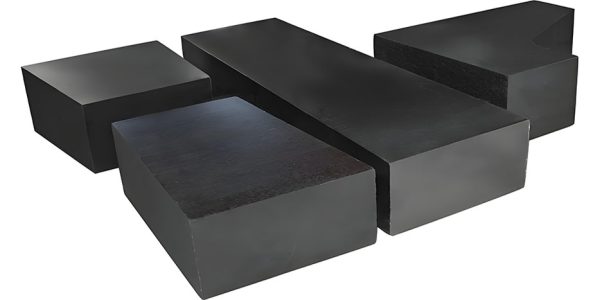Why Does the Service Life of Magnesia Carbon Bricks Differ?
Magnesia-carbon bricks are essential refractory materials in steelmaking. However, many purchasers encounter the same issue: even when specified as the same grade, their service life in different furnaces can vary greatly. In some cases, the bricks can last for dozens of heats, while in others, spalling and cracking appear quickly, requiring early replacement. The reasons for these differences can be analyzed from three main perspectives: Differences in Raw Materials and Manufacturing Processes Although magnesia-carbon bricks are generally composed of high-purity magnesia and graphite, performance is strongly influenced by quality and process control: Raw Material Quality: High-grade magnesia contains fewer impurities and offers stronger resistance to slag corrosion. The structural integrity of graphite layers directly determines thermal shock resistance. Process Control: Variations in pressing technology, binder selection, and overall production parameters affect the density, strength, and consistency of the bricks. Batch Consistency: A reliable supplier ensures consistent quality across every batch, avoiding large fluctuations that compromise performance. In practice, differences in service life are often not caused by the product category itself, but by variations in quality and consistency. Custom Solution Consultation Purchase Price vs. Total Cost Focusing only on unit price during procurement can be misleading. A cheaper brick often results in higher overall costs: Shorter Service Life: More frequent replacement is required. Increased Maintenance: Frequent shutdowns for repairs disrupt production and add labor costs. Hidden Costs: Downtime and reduced output typically outweigh the savings from lower purchase prices. For example, if a magnesia-carbon brick lasts 10 additional heats, this can significantly increase steel output and reduce downtime. From a total cost perspective, higher-quality bricks are often the more economical choice. How to Ensure Magnesia-Carbon Bricks Deliver Cost Efficiency To achieve better results, purchasers should focus on three critical aspects: Stability: Predictable and consistent service life is more valuable than occasional long performance. Compatibility: Different steel grades, furnace designs, and operating conditions require tailored refractory solutions. Key factors include slag chemistry, furnace structure, and specific application areas (such as bottom, wall, or tap hole). Technical Support: A reliable supplier not only delivers products but also provides formula optimization based on operational feedback, offers installation and maintenance guidance, and recommends suitable alternatives when needed. My Insights Variations in the service life of magnesia-carbon bricks reflect differences in raw materials, production technology, batch consistency, and supplier support. For steel plants, the priority should not be the lowest purchase price, but total cost efficiency and operational stability. Selecting the right supplier ensures that magnesia-carbon bricks contribute to higher productivity and long-term economic benefits. Contact Us Related Posts More Blog

